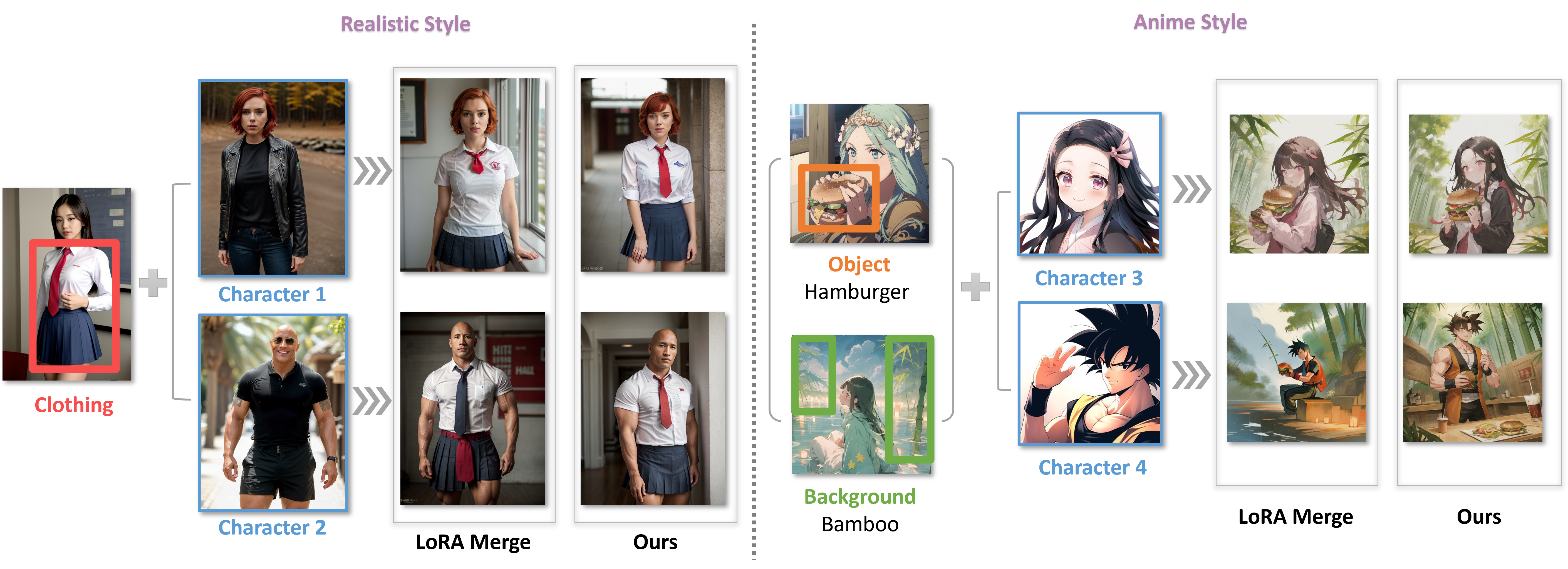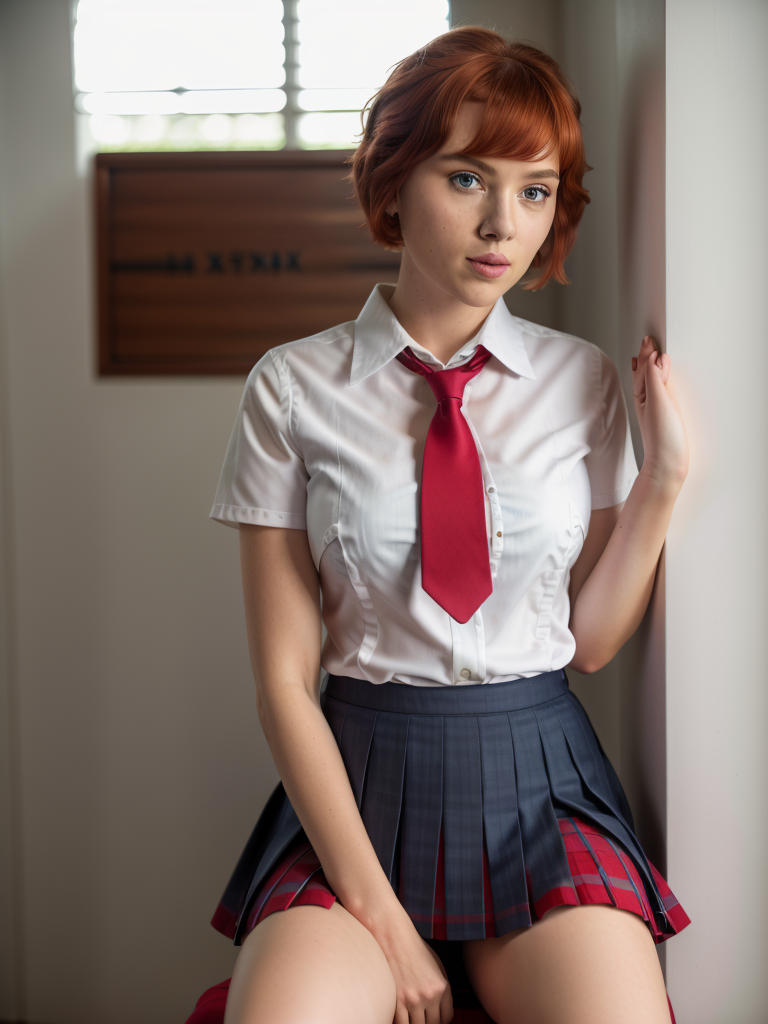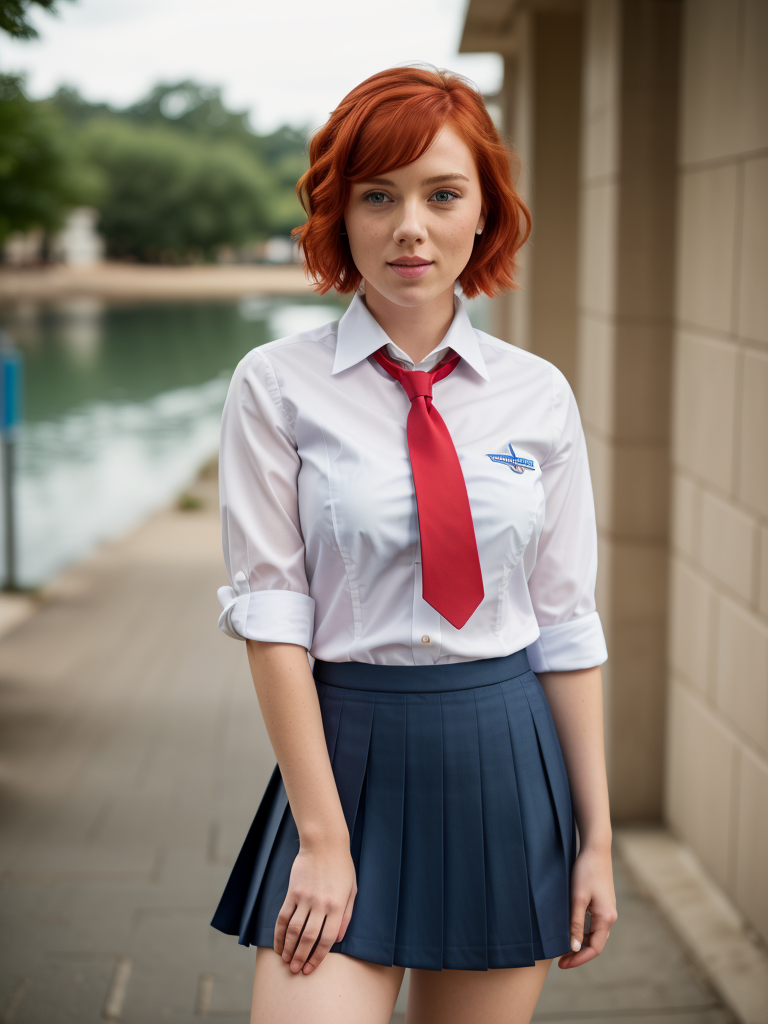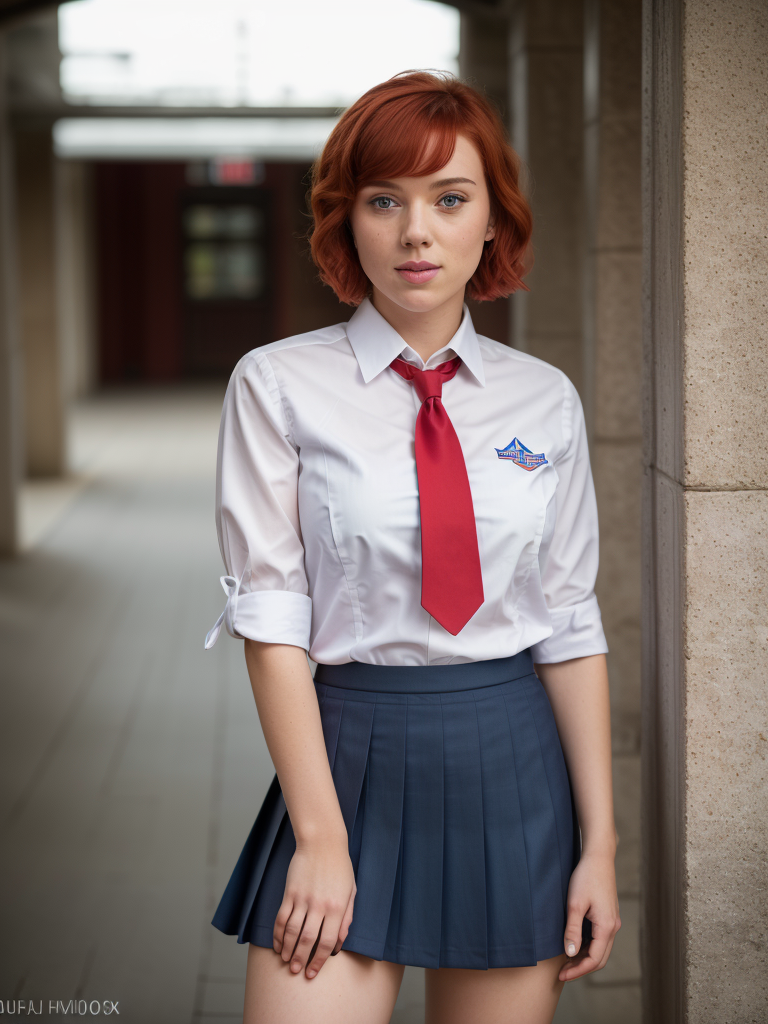🖋 Authors: Ming Zhong, Yelong Shen, Shuohang Wang, Yadong Lu, Yizhu Jiao, Siru Ouyang, Donghan Yu, Jiawei Han, Weizhu Chen
Low-Rank Adaptation (LoRA) is extensively utilized in text-to-image models for the accurate rendition of specific elements like distinct characters or unique styles in generated images.
Our project presents two training-free methods: LoRA Switch and LoRA Composite for integrating any number of elements in an image through multi-LoRA composition.
The figure below illustrates differences between the traditional LoRA Merge approach and our newly proposed techniques:
To begin, set up your environment with the necessary packages:
conda create --name multi-lora python=3.10
conda activate multi-lora
pip install -r requirements.txtOur ComposLoRA testbed collects 22 pre-trained LoRAs, spanning characters, clothing, styles, backgrounds, and objects. Download ComposLoRA.zip from this link, put it in the models folder, and unzip it.
To compose multiple LoRAs using different methods during image generation, follow these steps:
First, load the base model:
from diffusers import DiffusionPipeline
pipeline = DiffusionPipeline.from_pretrained(
'SG161222/Realistic_Vision_V5.1_noVAE',
custom_pipeline="MingZhong/StableDiffusionPipeline-with-LoRA-C",
use_safetensors=True
).to("cuda")This model from Hugging Face is selected for realistic-style image generation. Additionally, our custom pipeline integrates the LoRA composite method into the standard Stable Diffusion pipeline.
Next, choose a character LoRA and a clothing LoRA from ComposLoRA for composition:
# Load LoRAs
lora_path = 'models/lora/reality'
pipeline.load_lora_weights(lora_path, weight_name="character_2.safetensors", adapter_name="character")
pipeline.load_lora_weights(lora_path, weight_name="clothing_2.safetensors", adapter_name="clothing")
# List of LoRAs to be composed
cur_loras = ["character", "clothing"]Select a composition method. "switch" and "composite" are our new proposals, offering alternatives to the traditional "merge" method:
from callbacks import make_callback
method = 'switch'
# Initialize based on the selected composition method
if method == "merge":
pipeline.set_adapters(cur_loras)
switch_callback = None
elif method == "switch":
pipeline.set_adapters([cur_loras[0]])
switch_callback = make_callback(switch_step=args.switch_step, loras=cur_loras)
else:
pipeline.set_adapters(cur_loras)
switch_callback = NoneFinally, set your prompt and generate the image:.
# Set the prompts for image generation
prompt = "RAW photo, subject, 8k uhd, dslr, high quality, Fujifilm XT3, half-length portrait from knees up, scarlett, short red hair, blue eyes, school uniform, white shirt, red tie, blue pleated microskirt"
negative_prompt = "extra heads, nsfw, deformed iris, deformed pupils, semi-realistic, cgi, 3d, render, sketch, cartoon, drawing, anime, text, cropped, out of frame, worst quality, low quality, jpeg artifacts, ugly, duplicate, morbid, mutilated, extra fingers, mutated hands, poorly drawn hands, poorly drawn face, mutation, deformed, blurry, dehydrated, bad anatomy, bad proportions, extra limbs, cloned face, disfigured, gross proportions, malformed limbs, missing arms, missing legs, extra arms, extra legs, fused fingers, too many fingers, long neck"
# Generate and save the image
generator = torch.maunal_seed(11)
image = pipeline(
prompt=prompt,
negative_prompt=negative_prompt,
height=1024,
width=768,
num_inference_steps=100,
guidance_scale=7,
generator=generator,
cross_attention_kwargs={"scale": 0.8},
callback_on_step_end=switch_callback,
lora_composite=True if method == "composite" else False
).images[0]
image.save('example.png')Refer to example.py for the full code, and adjust the following command to see results from different composition methods:
python example.py --method switchImages generated by each of the three methods are showcased below:
ComposLoRA features 22 LoRAs and 480 different composition sets, allowing for the generation of images with any composition of 2-5 LoRAs, including at least one character LoRA.
To generate anime-style images incorporating 2 LoRAs using LoRA Composite method, use the following command:
export CUDA_VISIBLE_DEVICES=0
python compose_lora.py \
--method composite \
--compos_num 2 \
--save_path output \
--lora_scale 0.8 \
--image_style anime \
--denoise_steps 200 \
--cfg_scale 10 \Adjust the parameters in compos_reality.sh and compose_anime.sh for different compositions.
For comparative evaluation on composition efficacy and image quality, we use GPT-4V. Set your OpenAI API key first:
export OPENAI_API_KEY='your_openai_api_key_here'Then, compare the composite and merge methods with this command:
python evaluate.py \
--base_method merge \
--comp_method composite \
--compos_num 2 \
--image_style anime \
--image_path output \
--save_path eval_result \Modify eval.sh for comparative evaluation under different conditions. Note the position bias of GPT-4V as mentioned in our paper, making it essential to input images in both orders and average the scores for a fair final assessment.
We also conduct human evaluations on 120 generated images to assess composition and image quality from a human perspective. These evaluations offer additional insights into the performance of our Multi-LoRA Composition methods and metrics. For detailed information on the evaluation process and results, please visit the human_eval folder.
If you find this work useful, please kindly cite our paper:
@article{zhong2024multi,
title={Multi-LoRA Composition for Image Generation},
author={Zhong, Ming and Shen, Yelong and Wang, Shuohang and Lu, Yadong and Jiao, Yizhu and Ouyang, Siru and Yu, Donghan and Han, Jiawei and Chen, Weizhu},
journal={arXiv preprint arXiv:2402.16843},
year={2024}
}




